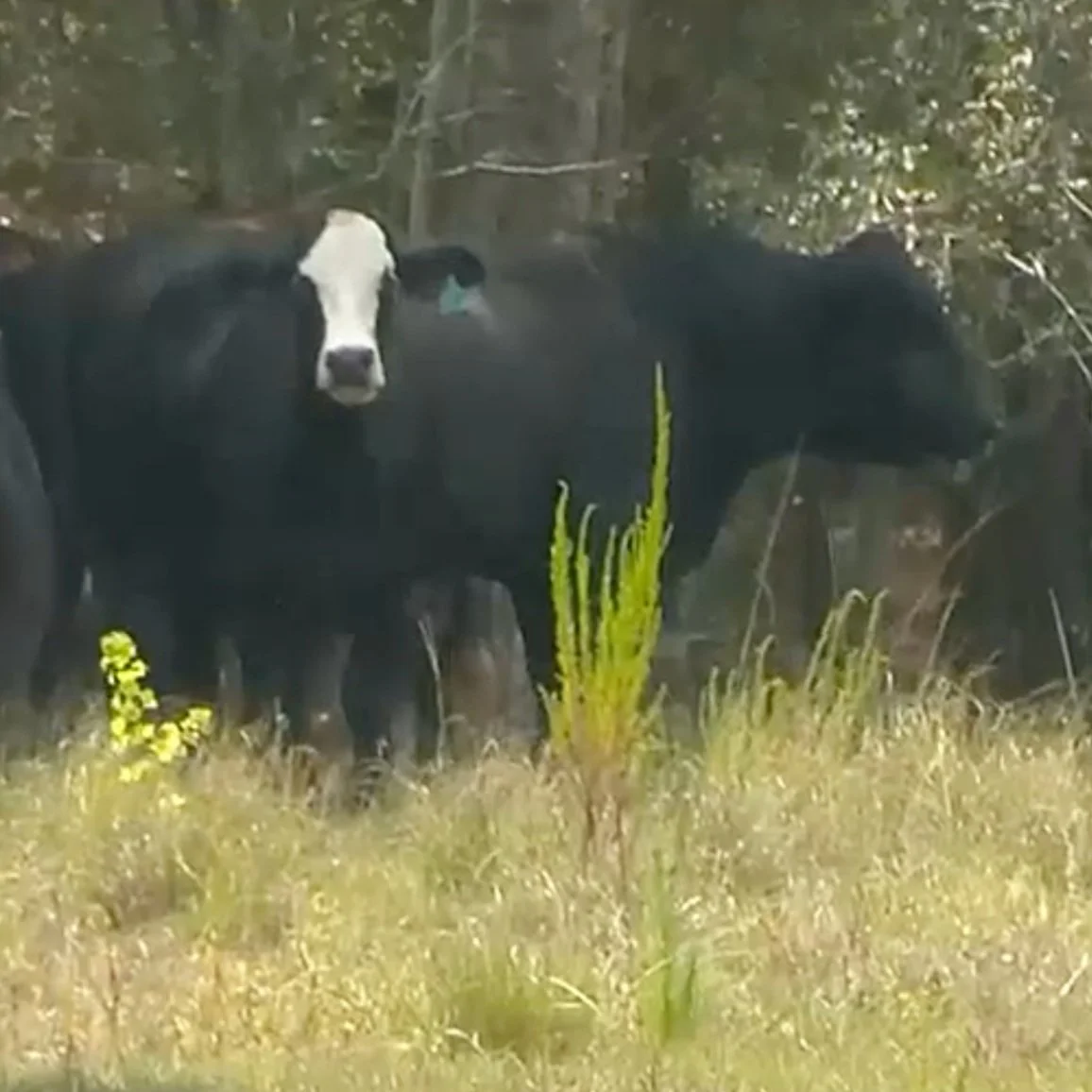As consumers continue to be conscientious about their food choices, a new survey from the United Soybean Board reveals valuable insights into consumer preferences and purchasing attitudes for animal protein, particularly pork products. According to the survey, 70% of respondents say that animal diet is extremely or very important to them when purchasing meat, up from 51% in 2019.
Read MoreThe growth of soybean plants consists of vegetative and reproductive stages. The vegetative stages begin with emergence and are described by the development of the cotyledons and leaves. The reproductive stages begin with the onset of flowering and are described by the development of the flowers, pods and seeds.
Read MoreSelecting the most adapted and high yielding varieties is one of the most important decisions a soybean producer makes every year. The LSU AgCenter conducts an Official Variety Trial (OVT) and Core-block demonstration plots to provide unbiased data to assist in variety selection. The OVT and core-block demonstrations are planted throughout the state to collect performance data in different environments.
Read MoreThis month’s 2023/24 U.S. corn outlook projects slightly larger supplies and ending stocks. Projected beginning stocks for 2023/24 have been lowered by 5 million bushels mostly due to offsetting trade and corn used for ethanol changes for 2022/23. Corn production for 2023/24 is forecast at 15.1 billion bushels, this a 23-million-bushel increase from last month’s estimates as greater harvested area more than offsets reductions in yield.
Read MoreIt’s game time says Soy Transportation Coalition executive director Mike Steenhoek, and key waterway infrastructure systems are not ready.
“There's a couple times a year where it's game time more than others, and harvest season is one of those periods and you need to have our supply chain operating on all cylinders,” Steenhoek says.
Read MoreWith nearly 50 percent of soybean harvest complete, many farmers are hoping for a good crop this year to help cover their losses from last year.
This harvest season, farmers faced hot and dry weather, while last year’s story was the other extreme with heavy rainfall. Roy Eley, a Franklin Parish grain farmer is among those who really needed a better crop this year.
Read MoreLouisiana corn for grain production is forecast at 119 million bushels, up 25 percent from the August 1 forecast and up 61 percent from 2022. Based on conditions as of September 1, yield is expected to average 175 bushels per acre, up 6 bushels from last month and up 5 bushels from last year. Planted acreage is revised to 700,000 acres, up 120,000 acres from June 2023. Harvested acreage for grain is revised from 565,000 to 680,000 acres.
Read MoreIntroducing a change in agronomic practices can be compared to pressing the reset button on a computer or router. The practice change requires the soil system to restart before it establishes a new normal.
“We don’t know what that reset will look like, but with conservation practices, it often results in a crop yield hit as the soil microbes adjust,” explains Lisa Fultz, associate professor and soil microbiologist with Louisiana State University AgCenter.
Read MoreSoybeans have been used as a forage crop since they were originally brought to the United States. Their use as a forage declined in the 1940’s as producers adopted other forages that had higher yields. So, although soybeans today are most commonly grown as a grain crop, they can be harvested as a forage crop under certain situations, such as drought.
Read MoreChina's farm ministry on Thursday said large trials of genetically modified corn and soybeans showed "outstanding" results and that the technology was safe and essential.
Read MoreThe return of the El Nino weather phenomenon should boost South American soybean production as more rainfall can help farmers recover from this season's severe drought in the lower latitudes of the continent, according to meteorologists and grain analysts..
Read MoreWhen you think about harvesting crops in Louisiana, you think about things like corn, sugarcane, and soybeans. And with the record-breaking summer heat, each of these crops are having a tougher time growing than in years past.
As the chairman of the Louisiana Beef Industry, John Thompson says he’s never seen his farmland as dry as it is in his 66 years. According to the Dept. of Agriculture and Forestry, the amount of money we’ve lost in the cattle industry is between $160 -- 260 million.
Read MoreMore stink bugs are starting to show up in soybean fields. The stink bug complex in Louisiana soybean includes several species such as the brown stink bug, green stink bug, southern green stink bug, and perhaps the most notorious, the redbanded stink bug. Each species is capable of causing damage.
Read MoreThe Louisiana soybean crop has been severely affected by extreme heat and drought stress. Factors such as availability of irrigation, planting date, and soil type have all had a significant impact on the condition of plants.
Read MoreJust north of Port Allen, the relentless drought and scorching temperatures are putting local farmers to the test. Heath Morris, a sugarcane and soybean farmer, is one of those determined souls engaged in a battle with Mother Nature yet again.
Read More














